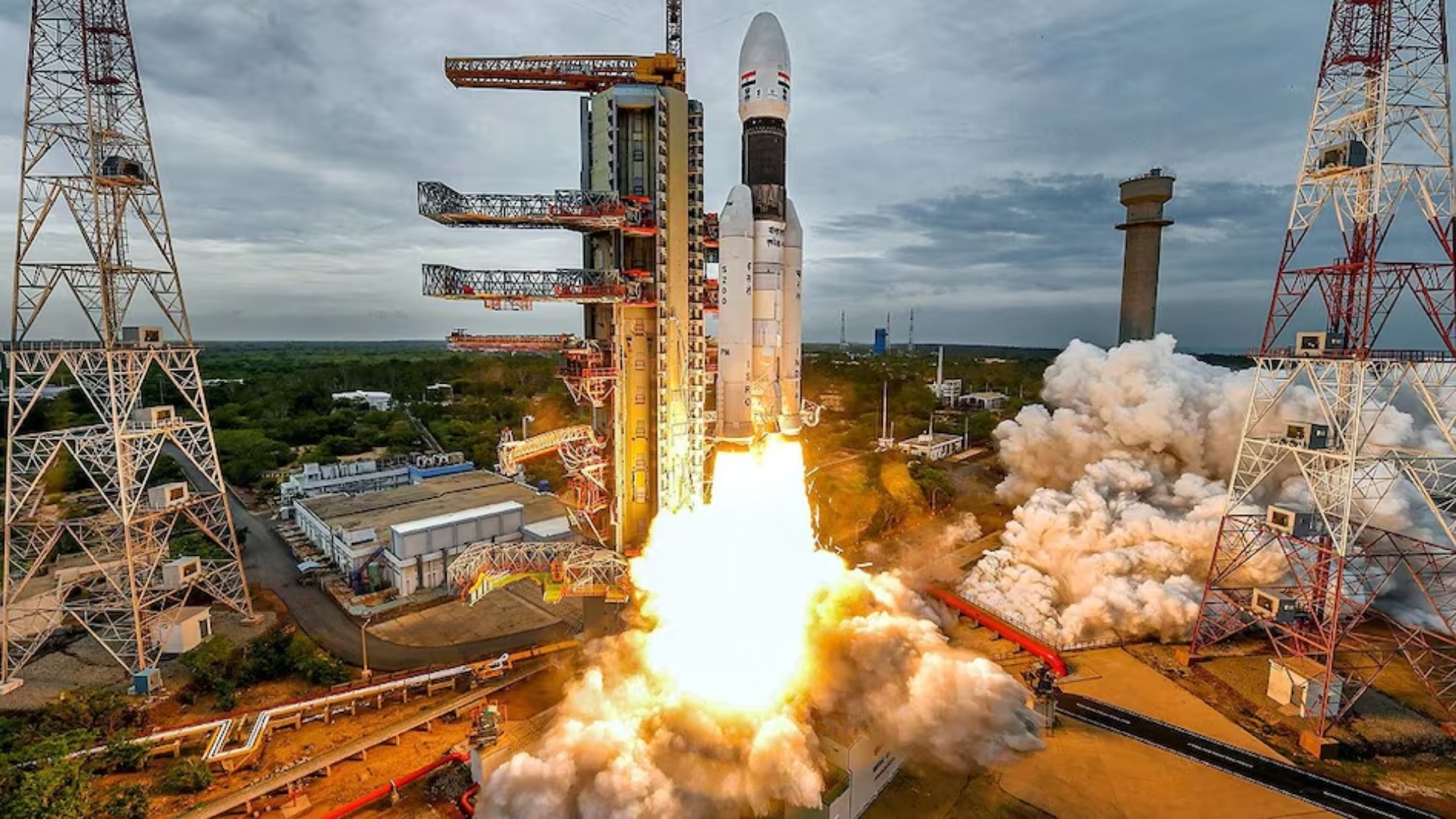In a landmark decision to advance India’s space exploration capabilities, the Union Cabinet, led by Prime Minister Narendra Modi, has given the green light for the construction of a Third Launch Pad (TLP) at the Satish Dhawan Space Centre in Sriharikota, Andhra Pradesh. This initiative underscores India’s commitment to expanding its space infrastructure and preparing for ambitious future missions.
Strengthening Our Space Ecosystem! 🚀
Under the leadership of Prime Minister Shri @narendramodi Ji, the Cabinet has approved the establishment of a Third Launch Pad (TLP) at @isro’s Satish Dhawan Space Centre in Sriharikota.
This transformative step will enhance launch… pic.twitter.com/PUJTyX2MTy
Advertisement · Scroll to continue— Dr Mansukh Mandaviya (@mansukhmandviya) January 16, 2025
Supporting Next-Gen Space Missions
The TLP is designed to bolster the Indian Space Research Organisation’s (ISRO) launch capabilities by serving as both a backup to the existing Second Launch Pad (SLP) and a dedicated platform for India’s upcoming Next Generation Launch Vehicles (NGLV). With a sanctioned budget of ₹3,984.86 crore, the project is slated for completion within 48 months, marking a significant milestone in India’s space ambitions.
This advanced facility will cater to a wide range of configurations, including NGLV and LVM3 rockets, while incorporating cutting-edge design elements for horizontal integration of rockets—a modern approach that contrasts with traditional vertical assembly. This adaptability ensures the launch pad is future-ready to accommodate evolving technologies and mission requirements.
Enhancing India’s Space Infrastructure
India’s space program currently operates two active launch pads:
- The First Launch Pad (FLP), operational for over three decades and primarily used for PSLV launches.
- The Second Launch Pad (SLP), functional for nearly 20 years, supporting more advanced missions.
The addition of the Third Launch Pad is critical as ISRO scales up operations to meet increasing demands. This includes high-profile projects such as the Bharatiya Antariksh Station, India’s proposed space station, and potential crewed lunar missions by 2040.
Industry Participation and Strategic Significance
One of the standout features of the TLP project is its emphasis on maximizing industry participation. By leveraging ISRO’s extensive experience and involving private players, the initiative aligns with India’s vision of fostering a robust space ecosystem.
The establishment of the TLP not only enhances ISRO’s operational flexibility but also signals a strategic move to solidify India’s position as a global leader in space exploration. With the ability to support a higher frequency of launches and accommodate cutting-edge technologies, the new launch pad positions India to play a pivotal role in future international space missions.
Future-Ready Design for Long-Term Goals
The TLP’s advanced infrastructure is tailored to meet the needs of India’s space program for the next 25-30 years. By integrating innovative features like horizontal rocket assembly, the launch pad ensures efficiency, adaptability, and scalability.
As India ventures into ambitious projects, the TLP will be instrumental in driving innovation and enabling the nation to compete on a global stage. From satellite launches to human spaceflight and beyond, this development marks a turning point in India’s journey toward becoming a space exploration powerhouse.
The Third Launch Pad represents not just an infrastructure upgrade but a bold step forward in realizing India’s vision of pioneering space exploration for the betterment of humanity.























